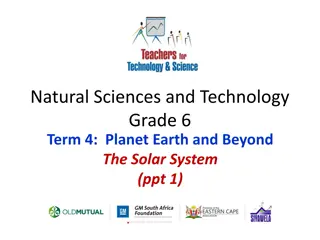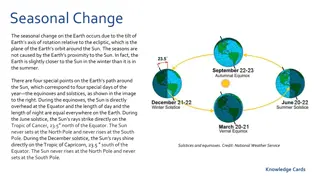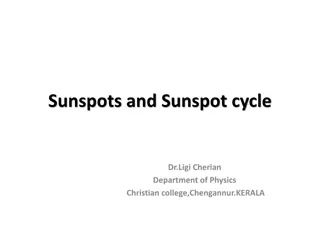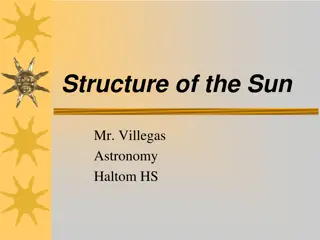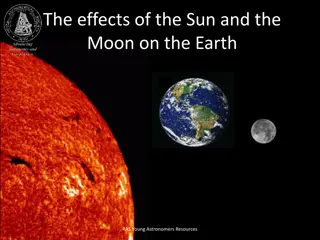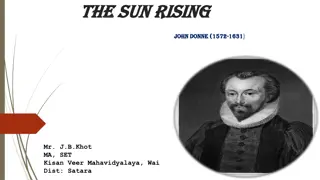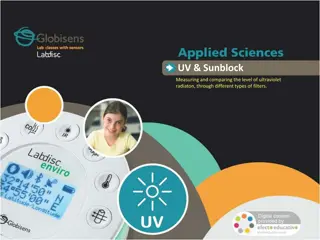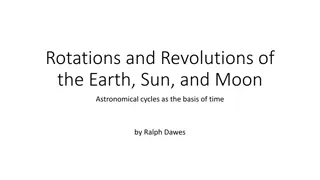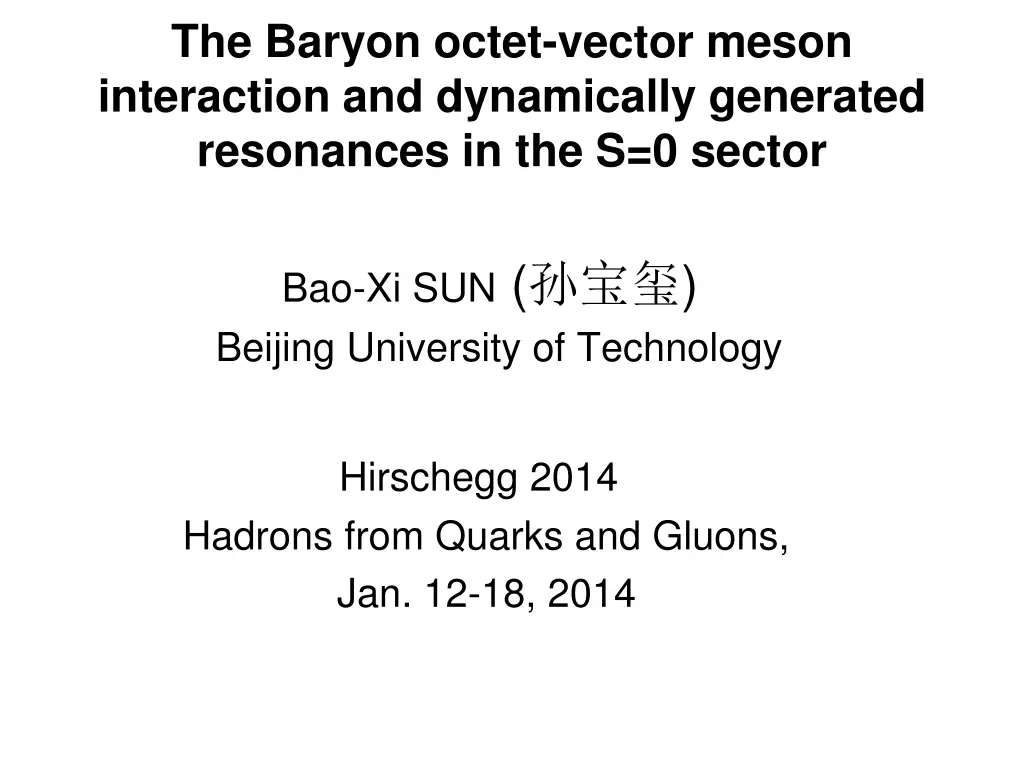
Vector Meson-Baryon Interaction: Dynamically Generated Resonances
Explore the intricacies of the vector meson-baryon interaction and the dynamically generated resonances in the sector with S=0. Uncover the underlying theories and approaches to understanding this topic through local gauge symmetry and interaction potentials.
Download Presentation

Please find below an Image/Link to download the presentation.
The content on the website is provided AS IS for your information and personal use only. It may not be sold, licensed, or shared on other websites without obtaining consent from the author. If you encounter any issues during the download, it is possible that the publisher has removed the file from their server.
You are allowed to download the files provided on this website for personal or commercial use, subject to the condition that they are used lawfully. All files are the property of their respective owners.
The content on the website is provided AS IS for your information and personal use only. It may not be sold, licensed, or shared on other websites without obtaining consent from the author.
E N D
Presentation Transcript
The Baryon octet-vector meson interaction and dynamically generated resonances in the S=0 sector Bao-Xi SUN ( ) Beijing University of Technology Hirschegg 2014 Hadrons from Quarks and Gluons, Jan. 12-18, 2014
Content 1. Vector meson-baryon decuplet interaction S. Sarkar, B. -X. Sun, E. Oset, M. J. Vicente Vacas, EPJA 44: 431 (2010). 2. Vector meson-baryon octet interaction E. Oset, A. Ramos, EPJA 44: 445 (2010). 3. Vector meson-baryon octet interaction K. P. Khemchandani, H. Kaneko, H. Nagahiro, A. Hosaka, PRD 83:114041 (2011) 4. My present work on Vector meson-baryon octet interaction
Lippman-Schwinger Eqution With a kernel of effective interaction, we can solve the LS equation. The amplitude satisfies the unitary relation exactly, and the properties of hadronic resonances generated dynamically can be obtained. These resonances do not appear in the effective Lagrangian density. = + = 1 [1 ] T V VGT VG V
Hidden-gauge symmetry In order to construct the vector meson-baryon octet interaction Largrangian density, we consider the SU(3) flavor local gauge symmetry neglecting the mass term, and then we obtain = + B V , L g B V B B
Vector octet-baryon decuplet interaction Now I will discuss the interaction between vector mesons and baryon decuplet in the chiral unitary approach. Because the interaction Lagrangian is not known, we will try to obtain the vector octet baryon decuplet interaction potentials by comparing the pseudoscalar meson baryon decuplet interaction.
Interaction Vertex When the momentum transfer is far less than the mass of the vector meson in the propagator, we can neglect the square of the momentum in the propagator. Therefore the t-channel interaction between vector meson and baryon is obtained:
u-channel and s-channel We neglected the contribution from s- channel and u-channel interaction since we thought their effects are trivial at that time.
Vector meson baryon loop function in the dimensional regularization scheme
Vector meson-baryon loop function accounting for the width of the intermediate states
S. Sarkar, B. X. Sun, E.Oset et al., EPJA 44, 431 (2010) Ten resonances in the different strangeness and isospin channels. Degenerate in JP=1/2-, 3/2-, 5/2-.
Vector-baryon octet interaction E. Oset and A. Ramos, EPJA 44, 445 (2010).
Tensor coupling between vector meson and baryon octet K. P. Khemchandani, H. Kaneko, H. Nagahiro and A. Hosaka, PRD 83, 114041 (2011). In this article, a tensor coupling term between vector meson and baryon octet is added, which is relevant to the magnetic moments of the baryons, and is also gauge invariant.
K. P. Khemchandani et al.,PRD 83, 114041 (2011) In addition to t-channel, the s-channel,u-channel and contact interaction are taken into account, and a non-relativistic interaction potential between vector meson and baryon octet with strangeness S=0 is obtained. When u-channel and s-channel are taken into account, the hadronic resonances generated dynamically with different spins are not degenerate again.
Results for Strangeness S=0 S=0 K. P. Khemchandani et al.,PRD 83, 114041 (2011) I=1/2, S=0, E. Oset and A. Ramos, EPJA 44, 445 (2010).
SU(3) vector baryon interaction The SU(3) generalized form of the vector meson baryon interaction Lagrangian can be written as
Mixing of the vector octet and singlet In order to obtain the right couplings for the physical omega meson and phi meson, we need to consider the mixing of their octet and singlet components.
Vector meson-baryon-baryon vertices The Lagrangian related to the s-, u-, t- channel interactions is explicitly written as Moreover, the contact term between the vector meson and the baryon can be obtained from
t- channel interaction If the momentum of the initial meson is similar to that of the final vector meson, i.e., q_2~q_1, the momentum transfer k=q_2-q_1 is trivial null approximately, and then the t- channel interaction can be written as
BBV vertex The vertex of two baryons and a vector meson and the coupling constants g_1 and g_2 are different for different baryons and meson, these coupling constant can be obtained from SU(3) symmetry.
t-channel supplement However, if the difference between q_2 and q_1 is taken into account, an additional term should be supplemented in the t- channel of the baryon and meson interaction.
u- , s- channel interactions The u- channel and s- channel interactions between the baryon and the vector meson can be written as
Contact term The contact interaction between baryons and mesons is written as Of course, the coupling constant can be obtained from SU(3) symmetry.
Total potentials the total kernel of the vector meson- baryon octet interaction is a summation of the t-, s-, u- channels and contact term, which is functions of the total energy in the center of mass system and the scattering angle . Moreover, we should emphasize that we have not made any approximation to obtain of the vector meson-baryon octet potential.
Lippman-Schwinger Equation The relativistic coupling-channel Lippman- Schwinger equation is written as with a loop function in the on-shell factorization approach
S-wave approxiamtion the amplitude T can be expanded in a series of Legendre polynomials with the coefficient In the S-wave approximation, only the T_0 is calculated for different channels.
I=3/2, S=0, J=3/2, J_z=1/2 channels
Summary 1 1. 14 poles are found in the complex total energy plane for the channel with strangeness zero S=0, and the couplings to baryons and vector mesons are also calculated. Their PDG counterparts are discussed. 2. The spin of the dynamically generated resonances are determined, and the spin of the resonance is not degenerate again. 3. The contact term plays an important role.
Scattering angle =0 The forward scattering amplitude are the same as each other when the orientation of the total spin takes inverse values, which is easy to understand since the spin is conserved when is zero.
Total spin is not conserved However, the amplitudes at non-zero scattering angle are different when the orientation of the total spin takes different values, which implies the total spin is not conserved in the S-wave approximation in the relativistic framework.
Partial wave analysis In the partial wave analysis, I calculate the amplitudes with different spins: <1,0; , |T|1,0; , >, <1,1; , |T|1,1; , >, <1,-1; , |T|1,-1; , >, <1,1; , - |T|1,0; , >, <1,0; , - |T|1,-1; , >.
Partial wave analysis Since the spins are not conserved in the interaction process, for example, the amplitudes <1,1; , |T|1,1; , > and <1,-1; , - |T|1,-1; , - > take different values at a fixed total energy in the center of mass system, the results might depend on the choice of the spins of the initial and final states. It means we can only obtain some approximate results.

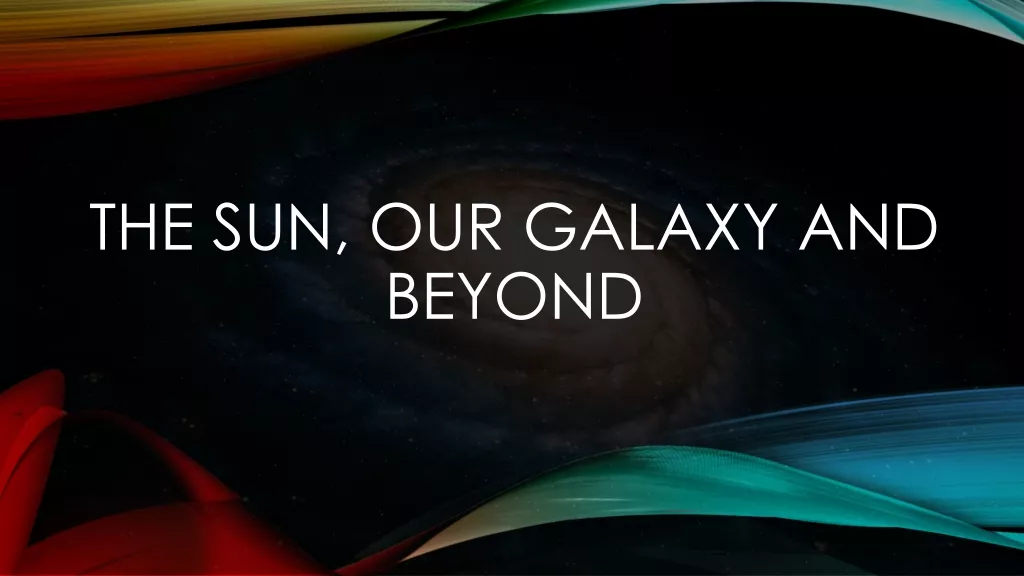
![[PDF⚡READ❤ONLINE] Solar Surveyors: Observing the Sun from Space (Springer Praxis](/thumb/21536/pdf-read-online-solar-surveyors-observing-the-sun-from-space-springer-praxis.jpg)






